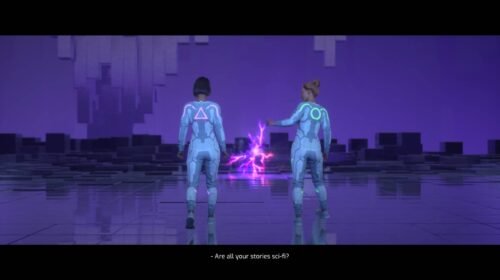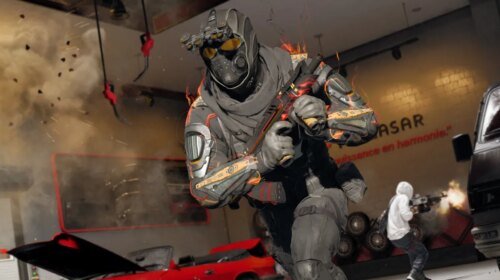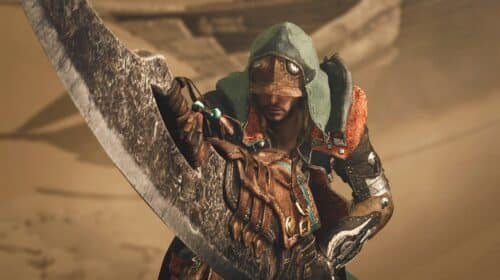How Backbone & Superhot’s Narratives Retell Cronenberg’s Videodrome
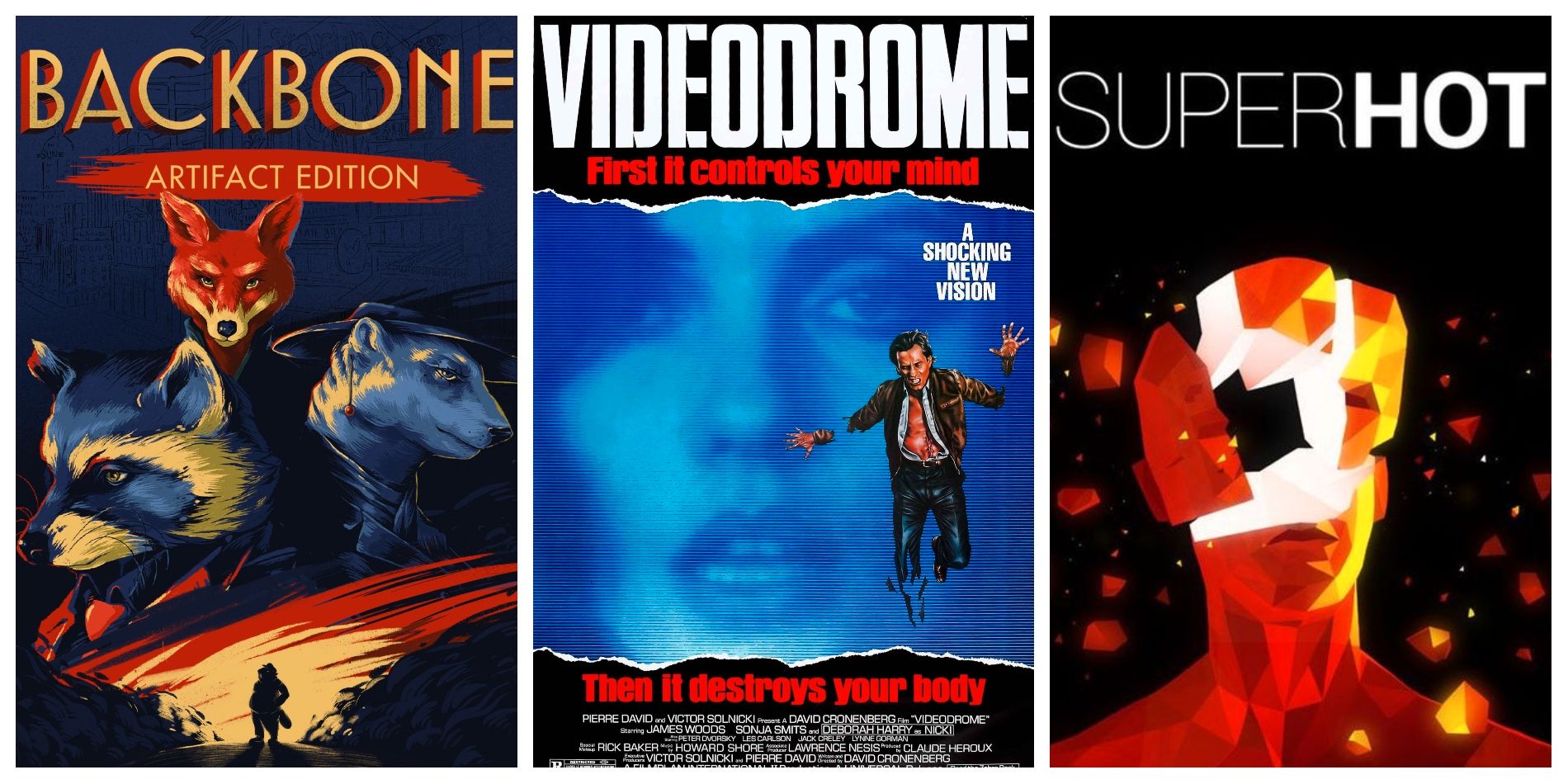
Two recent indie videogames paid homage to David Cronenberg’s cult classic Videodrome in very different ways. The innovative shooter Superhot mirrored Videodrome’s themes, with its story about media addiction and violence that leads to self-destructive transformation. Backbone, a pixel art adventure game featuring anthropomorphic animals in a walled city full of secrets, takes more inspiration from Videodrome’s story structure, and features the same imagery of transformative flesh as Cronenberg’s film. Videodrome is as relevant as ever, and creators have taken inspiration from different aspects of the film to produce imaginative and drastically different games.
[Warning: Spoilers for Videodrome, Superhot, and Backbone follow.]
Cult classic films often find new life in the videogames they inspire, with the many games inspired by Twin Peaks offering obvious examples of this. Videodrome is a more intuitive fit for homage in game form. The movie’s themes about television blurring the lines of reality and personal identity were prophetic, pre-dating both the internet and modern gaming. The character Dr. Brian O’Blivion runs the Cathode Ray Mission, a cult which allows the homeless to watch television – considered a holy communion of sorts.
Related: The Most Important Indie Game Every Year Since 2008
O’Blivion states in a televised interview, “O’Blivion was not the name I was born with. That’s my television name. Soon, all of us will have special names – names designed to cause the cathode ray tube to resonate.” This foreshadows the later reality of the internet, with its online handles for chat rooms and forums, and the gaming world with its gamer IDs. It’s a rich soil from which both Superhot and Backbone seem to have drawn inspiration.
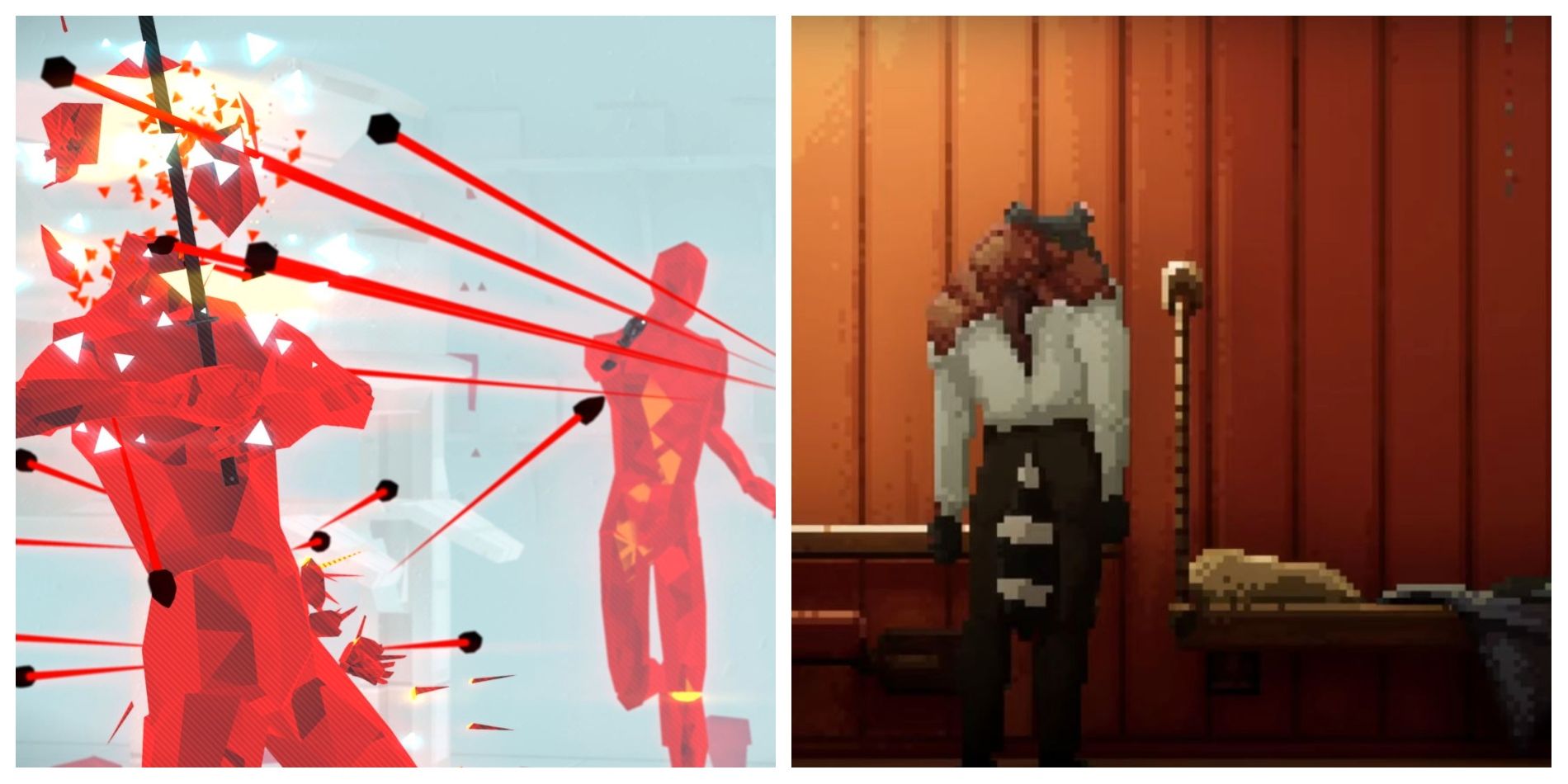
Superhot told a story of a fictional game within the game, one with a starkly sinister premise of “kill red guys.” There is no story or rationale for the violence within the in-fiction game, also titled Superhot, but those who play it find themselves becoming obsessed, losing touch with reality, and ultimately destroying their own physical bodies to become one with it. This mirrors the function of the titular broadcast, Videodrome, which in the film shows a stark room with clay walls where prisoners, or “contestants,” are evidently tortured, with no dialogue or explanation. Only a depraved mind, like the film’s protagonist Max Renn, would seek out the origin of Videodrome, in the same way that the player character in Superhot continues to plunge back into the game despite repeated warnings to turn away.
Backbone begins with a simple film noir-style premise, with racoon detective Howard Lotor hired to investigate a possible case of infidelity. He uncovers a club, The Bite, where some patrons are disappearing, and discovers their flesh is being served to the ruling class, the Apes. Lotor’s research into cannibalistic feasts and shady criminal dealings reveals that the owner of The Bite is in league with prominent Ape political figures, and that both sides of the criminal partnership are interested in secret research taking place in Science City, which is where Backbone’s Videodrome connection becomes evident.
After following leads and solving puzzles to unravel Backbone’s mysterious plot, Lotor examines The Artifact, the object of interest to the Apes and the criminal underworld alike, which has the ability to change an animal’s “type,” a division that is framed as the source of prejudice and social divide in the world of Backbone. The Artifact fuses with Lotor, manifesting as a sentient cancerous growth, similar to the later acts of Videodrome where Renn becomes the host for “the new flesh,” and he is also covered in writhing tumors that warp his thinking and make him immensely dangerous to the forces of Spectacular Optical, the company behind the Videodrome conspiracy.
Backbone follows the storytelling pattern of Videodrome, perhaps to a fault, as a noir-style mystery that segues into surreal science-fiction body-horror, then abruptly ends. The movie has an infamously ambiguous ending, as does Backbone. Before revealing the entire picture of what Spectacular Optical’s goals were, Renn kills Videodrome’s producer and later himself, transforming in the process by “leaving the old flesh.” Backbone’s story reaches a crescendo where a full revolt against the Apes is about to begin, and the player expects the truth of The Artifact, the deific figure of The Shephard, and other lingering mysteries, to become clear. Instead, the tumor consumes Lotor, and the credits roll, leaving Backbone – if a different kind of weird than Superhot – every bit as compelling, mysterious, and sometimes frustrating, as the film which inspired it.
Next: Most Faithful Video Game Movie Adaptations
Read more: screenrant.com



